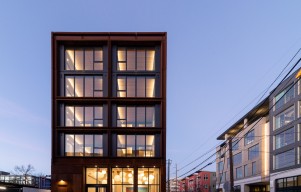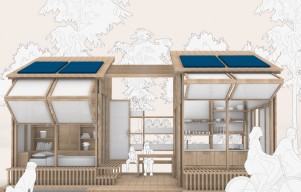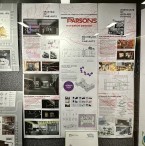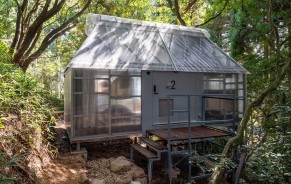A recent study commissioned by Steelcase Education Solutions showed that classroom design largely affects prospective students’ choices whether to enroll or not in an institution compared to other amenities within the university such as fitness or dining facilities.
This is a surprising data given that most schools hugely publicize the improvement of their athletic facilities and dining halls. However, potential students tend to oversee these and focus more on the design of their learning environment instead.According to the survey, 51% of students answered that classroom design plays a crucial role in their campus environment and that its can affect their decision to attend that school while less than a quarter of the survey participants preferred another university amenities like dining and fitness facilities. Mark Walters, Director of Product Management at Steelcase Education Solutions explains,
“While these findings may surprise some, students spend most of their time at school in the classroom, so providing flexible and inspiring learning environment is an investment worth making.” He adds, “Educators need to rethink the way we view the classroom. Most classrooms in use today were built for traditional pedagogies in a passive learning setting. These environments can actually hamper interaction and engagement, and even act as a barrier. Today’s students are looking for different spaces that have the flexibility to allow for individual work, as well as lectures and group work. Ultimately, they are looking for spaces that support active learning.”
With initiatives geared towards making an egalitarian learning environment rather than a hierarchical one, the results of this survey shows that students also prefer a classroom setting where interactive participation is widely encouraged.
Steelcase Education Solutions commissioned Widmeyer Communications to conduct the national survey in February 2014. It was participated online by 600 college students in the United States who cames from institutions providing 4-year and 2-year programs.


















